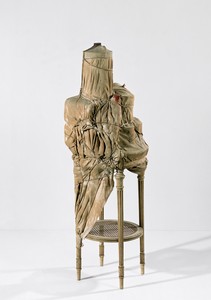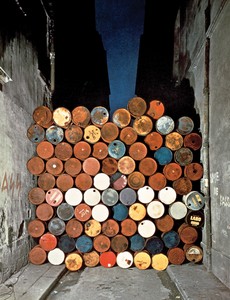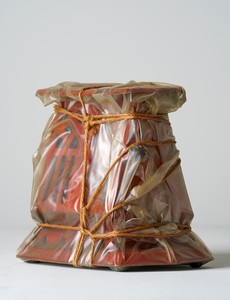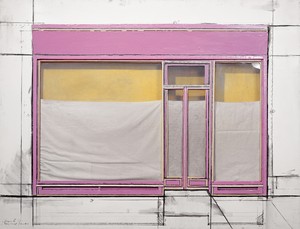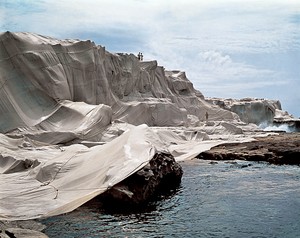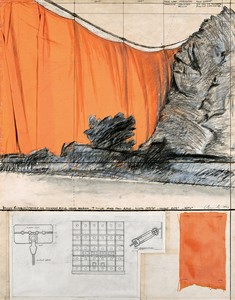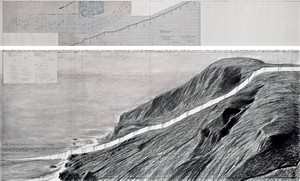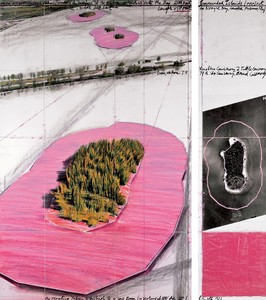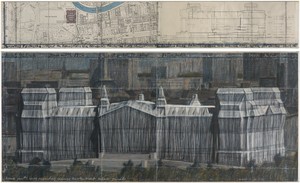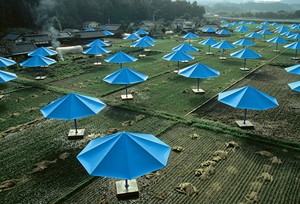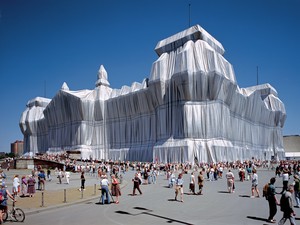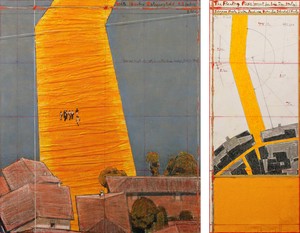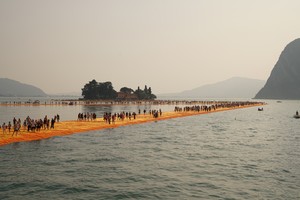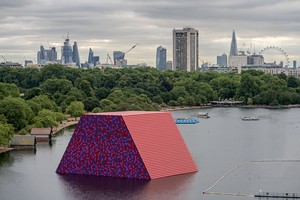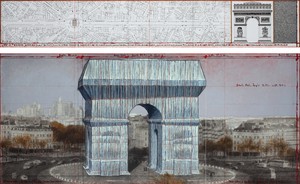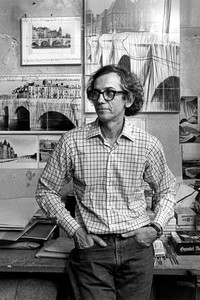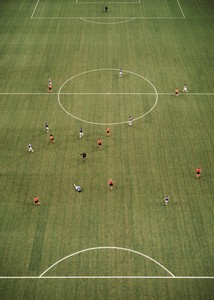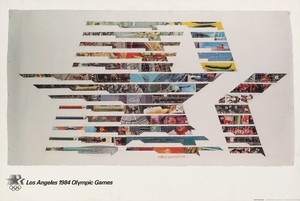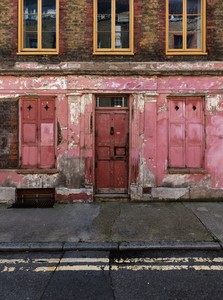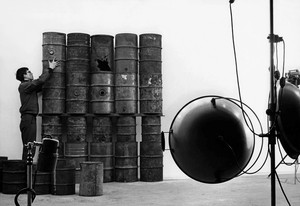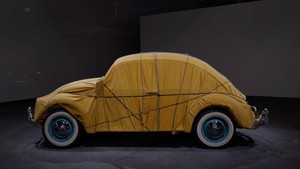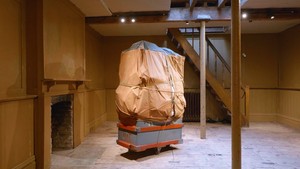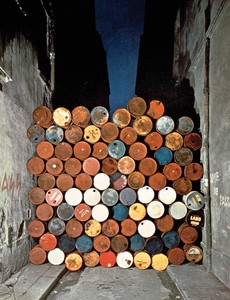In monumental sculptures produced and installed in public sites around the world, Christo and Jeanne-Claude expanded the possibilities of artistic scale and dramatically—but temporarily—transformed familiar landscapes. Employing fabric, rope, barrels, and other commonplace materials to visually alter both urban and rural spaces, their works created shared experiences across the globe. Often requiring many years of planning and negotiation, these projects exist only for a few days to a few weeks, after which their materials are recycled or reused and the sites are restored to their original state. Christo worked collaboratively with his wife Jeanne-Claude from 1961 until her death in 2009.
Christo Vladimirov Javacheff was born in 1935 in Gabrovo, Bulgaria. He studied under the Communist regime at the National Academy of Art, Sofia, from 1952 to 1956. His escape to the West took him through Prague and Vienna, where he spent one semester at the Academy of Fine Arts before relocating to Geneva and then Paris. He arrived in the city in 1958, and met Jeanne-Claude Denat de Guillebon (born on the same day as Christo in Casablanca, Morocco), who became not only his wife but his life partner in the creation of monumental environmental works of art. The couple had a son in 1960 and moved to New York four years later.
Christo’s early works—assemblages of found objects such as cans, bicycles, and road signs—were inspired by the blurring of boundaries between art and environment in works of Nouveau Réalisme by artists such as Jean Tinguely and Yves Klein. Surfaces d’Empaquetage (1958–61), Christo’s first artistic experiments, are composed of crumpled sheets of fabric or paper coated with lacquer and sand, while Cratères (1959–60) feature highly textured reliefs made from paint, glue, and sand. His Store Fronts series (1964–68) incorporated salvaged architectural elements resembling shop windows, their glass panels covered with paper or fabric to obstruct the view inside. Most of Christo’s first Wrapped Objects (1958–69) comprise art materials swathed in resin-soaked canvas; others employ fabric or polyethylene bound with rope, which alternately reveal and conceal the items’ identities.


